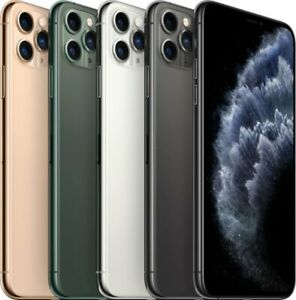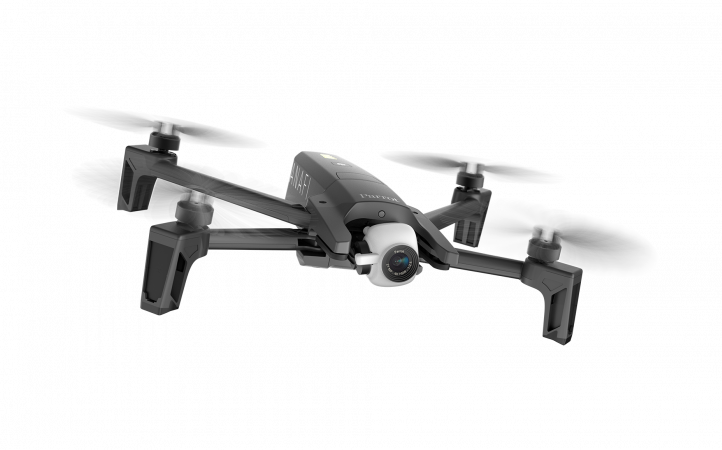What is an iPhone?

The iPhone is a smartphone made by Apple that combines a computer, iPod, digital camera and cellular phone into one device with a touchscreen interface. The iPhone runs the iOS operating system, and in 2021 when the iPhone 13 was introduced, it offered up to 1 TB of storage and a 12-megapixel camera.
The original iPhone was announced on Jan. 9, 2007, at the Macworld convention by Apple co-founder Steve Jobs. While it was not considered the first smartphone, the iPhone has helped drive the global shift to mobile computing among both consumers and businesses. Its primary rival has been Google Android-based devices from companies such as Samsung, also introduced in 2007.
The first-generation iPhone came preloaded with a suite of Apple software, including iTunes, the Safari web browser and iPhoto. Internet Message Access Protocol and Post Office Protocol 3 email services were integrated with the device.
Apple released the iPhone under an exclusive two-year partnership with AT&T Wireless, but it took less than three months for hackers to unlock the device for use on any Global System for Mobile communication network.
IPhone models
IPhone 3G, 3GS. Apple released the second-generation iPhone and iPhone operating system (OS) 2.0 on June 9, 2008. The new device was called the iPhone 3G, a nod to its new ability to connect to third-generation (3G) cellular networks powered by technologies such as Universal Mobile Telecommunications System and high-speed downlink packet access (HSDPA). The iPhone 3G was available in 8 GB and 16 GB models.
The iPhone OS 2.0 update included several features designed for business, including support for Microsoft Exchange email. Improved mobile security features included secure access to corporate networks over Cisco’s IPSec virtual private network, plus remote wipe and other management capabilities.
Apple also released in 2008 a software development kit (SDK) for custom applications, a configuration utility for centralized management and, most importantly, its App Store — a portal through which iPhone users could purchase and download additional applications to run on their devices.
The iPhone 3G exchanged the flat aluminum housing of the first-generation iPhone for a sleek, convex black or white plastic case. The switch to plastic enabled better transmission for the many radio receivers inside the device.
The iPhone 3G also featured assisted GPS, which combined triangulation using cellular towers with a GPS receiver. It did not support Flash, Java or Multimedia Messaging Service (MMS). Its built-in Bluetooth supported wireless earpieces but not stereo audio, laptop tethering or File Transfer Protocol.
Less than a year after the debut of the iPhone 3G, on June 8, 2009, Apple released the iPhone 3GS and iPhone OS 3.0. Available in 16 GB and 32 GB models, the iPhone 3GS featured several hardware improvements, including a video camera, built-in compass and faster download speeds through 7.2 megabits per second (Mbps) HSDPA support.
That new version of the OS brought support for MMS, copy-and-paste functionality and the Find My iPhone app. In addition, it offered an expanded SDK that enabled developers to build in-app purchasing features, push notifications and navigation capabilities into their third-party apps.



